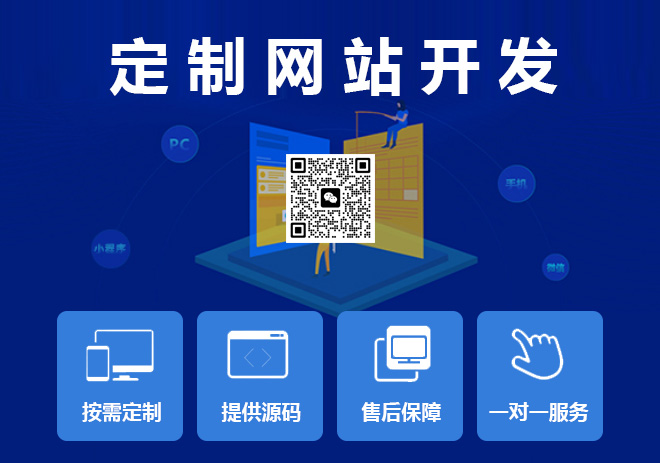Android应用程序消息处理机制(Looper、Handler)分析(2)
在Android应用程序进程启动过程的源代码分析一文中,我们分析了Android应用程序进程的启动过程。

为巴州等地区用户提供了全套网页设计制作服务,及巴州网站建设行业解决方案。主营业务为成都网站建设、网站设计、巴州网站设计,以传统方式定制建设网站,并提供域名空间备案等一条龙服务,秉承以专业、用心的态度为用户提供真诚的服务。我们深信只要达到每一位用户的要求,就会得到认可,从而选择与我们长期合作。这样,我们也可以走得更远!
Android应用程序进程在启动的时候, 会在进程中加载ActivityThread类,并且执行这个类的main函数。
应用程序的消息循环过程就是在这个main函数里面实现的。
我们来看看这个函数的实现,它定义在frameworks/base/core/java/android/app/ActivityThread.java文件中:
- [java] view plaincopypublic final class ActivityThread {
- ......
- public static final void main(String[] args) {
- ......
- looper.prepareMainLooper();
- ......
- ActivityThread thread = new ActivityThread();
- thread.attach(false);
- ......
- Looper.loop();
- ......
- thread.detach();
- ......
- }
- }
这个函数做了两件事情,一是在主线程中创建了一个ActivityThread实例,二是通过Looper类使主线程进入消息循环中,这里我们只关注后者。
首先看Looper.prepareMainLooper函数的实现,这是一个静态成员函数,定义在frameworks/base/core/java/android/os/Looper.java文件中:
- [java] view plaincopypublic class Looper {
- ......
- private static final ThreadLocal sThreadLocal = new ThreadLocal();
- final MessageQueue mQueue;
- ......
- /** Initialize the current thread as a looper.
- * This gives you a chance to create handlers that then reference
- * this looper, before actually starting the loop. Be sure to call
- * {@link #loop()} after calling this method, and end it by calling
- * {@link #quit()}.
- */
- public static final void prepare() {
- if (sThreadLocal.get() != null) {
- throw new RuntimeException("Only one Looper may be created per
- thread");
- }
- sThreadLocal.set(new Looper());
- }
- /** Initialize the current thread as a looper, marking it as an
- application's main
- * looper. The main looper for your application is created by the Android
- environment,
- * so you should never need to call this function yourself.
- * {@link #prepare()}
- */
- public static final void prepareMainLooper() {
- prepare();
- setMainLooper(myLooper());
- if (Process.supportsProcesses()) {
- myLooper().mQueue.mQuitAllowed = false;
- }
- }
- private synchronized static void setMainLooper(Looper looper) {
- mMainLooper = looper;
- }
- /**
- * Return the Looper object associated with the current thread. Returns
- * null if the calling thread is not associated with a Looper.
- */
- public static final Looper myLooper() {
- return (Looper)sThreadLocal.get();
- }
- private Looper() {
- mQueue = new MessageQueue();
- mRun = true;
- mThread = Thread.currentThread();
- }
- ......
- }
分享标题:Android应用程序消息处理机制(Looper、Handler)分析(2)
文章位置:http://www.mswzjz.cn/qtweb/news18/543118.html
攀枝花网站建设、攀枝花网站运维推广公司-贝锐智能,是专注品牌与效果的网络营销公司;服务项目有等
声明:本网站发布的内容(图片、视频和文字)以用户投稿、用户转载内容为主,如果涉及侵权请尽快告知,我们将会在第一时间删除。文章观点不代表本网站立场,如需处理请联系客服。电话:028-86922220;邮箱:631063699@qq.com。内容未经允许不得转载,或转载时需注明来源: 贝锐智能
- 九步轻松解决IE6的各种疑难杂症
- pycharm创建项目时报错
- C语言连接SQL数据库失败的解决方法(c连接数据库sql失败)
- Redis迁移跨界实践异构系统间数据同步(redis迁移异构)
- php如何与oracle连接?windowsphpoci8安装
- Linux的发展之路:从主线到分支(linux的分支)
- 服务器托管费用高吗?(服务器托管一年费用)
- 云主机的优势是什么(云主机有什么好处?)
- 为什么要从Webform过渡到MVC中
- 数据库管理系统(DBMS):现代企业信息管理的重要工具(数据库dbms)
- 年中盘点:2023年炙手可热的10家网络安全初创公司
- SSL证书和域名证书的区别是什么
- 为什么表格从下面开始打字
- waf2.0资源包还能买吗?
- oracle12c下载